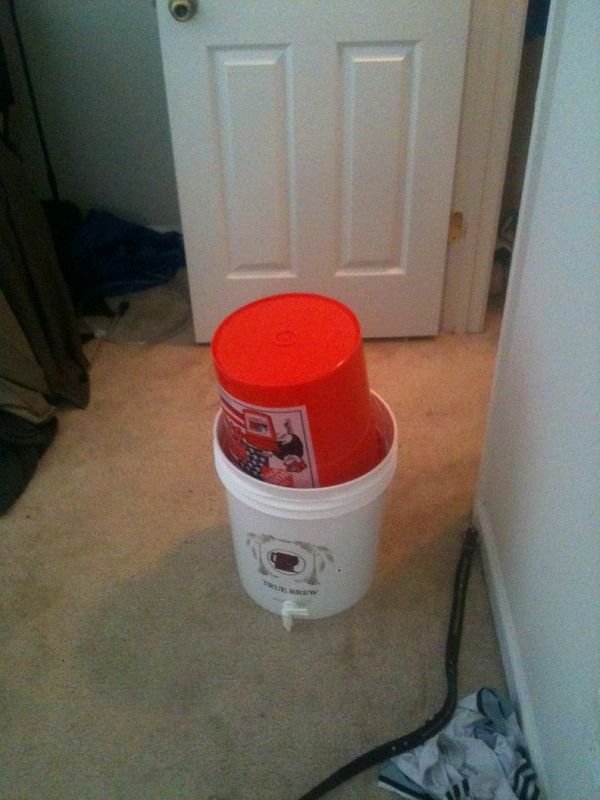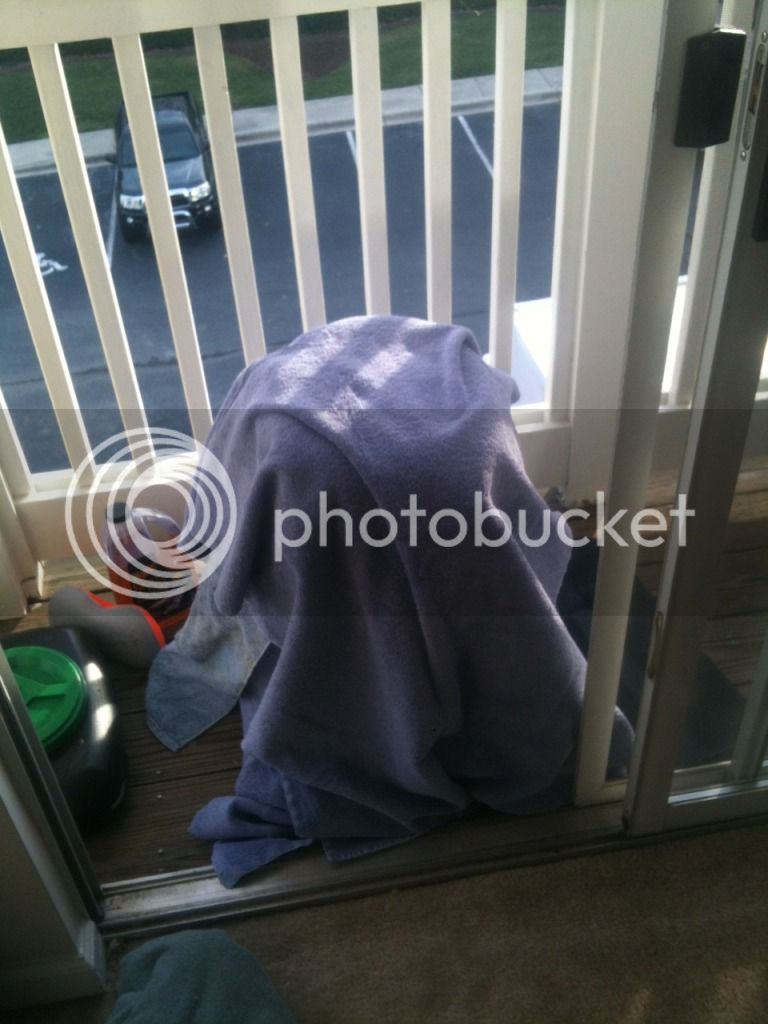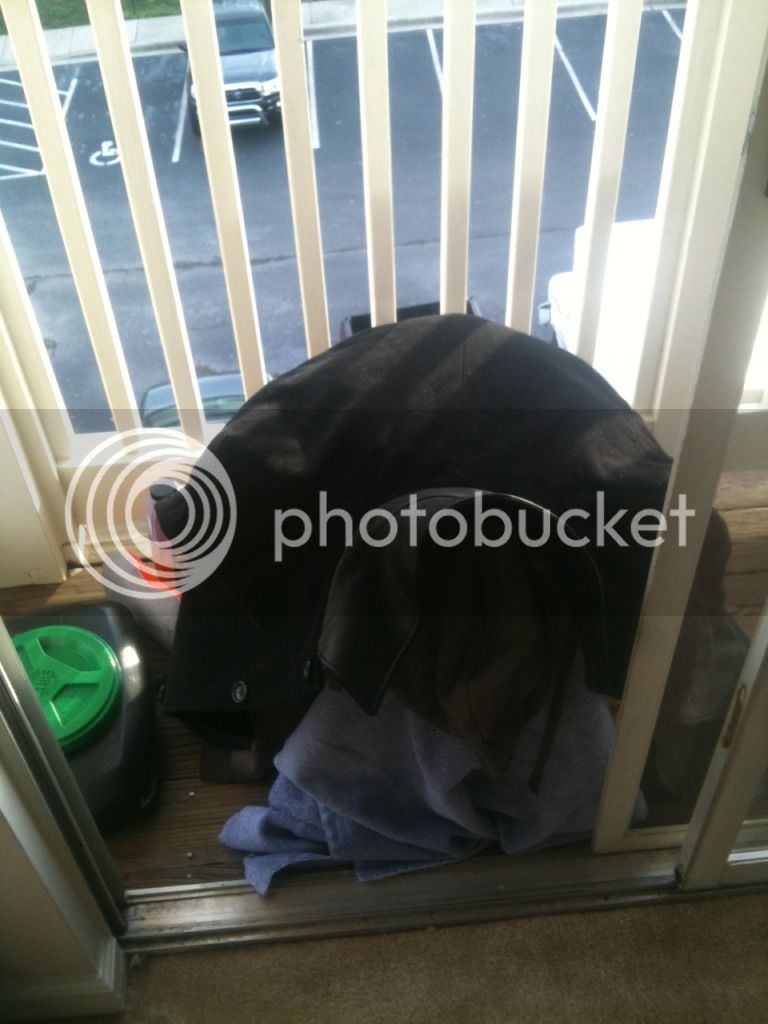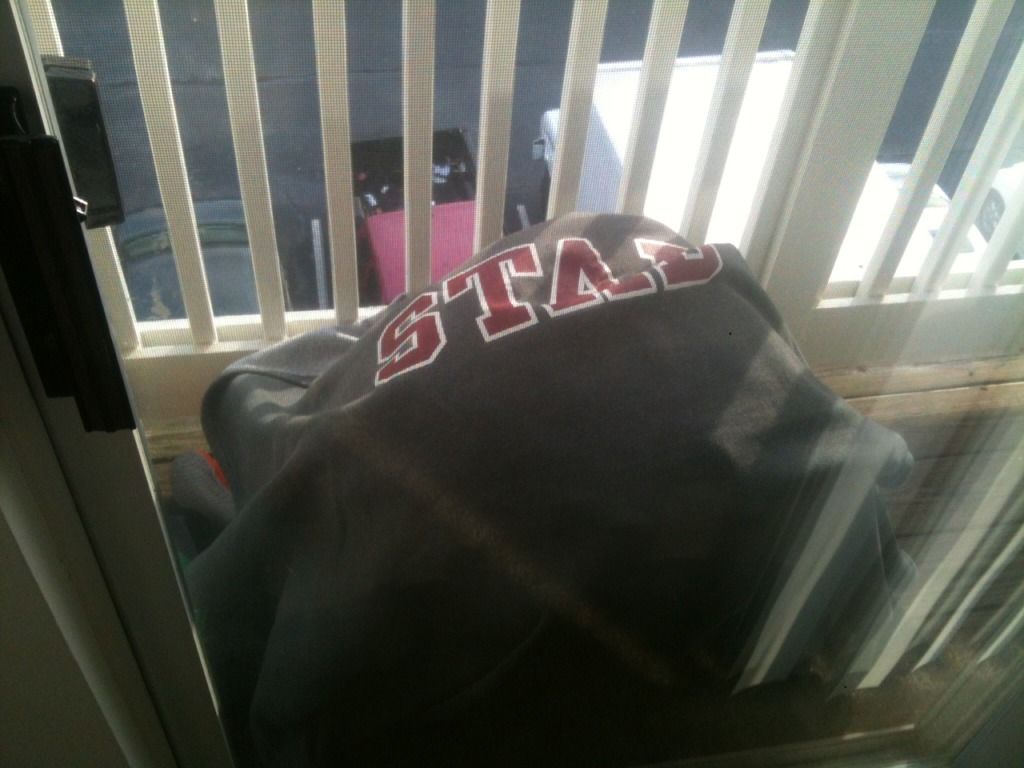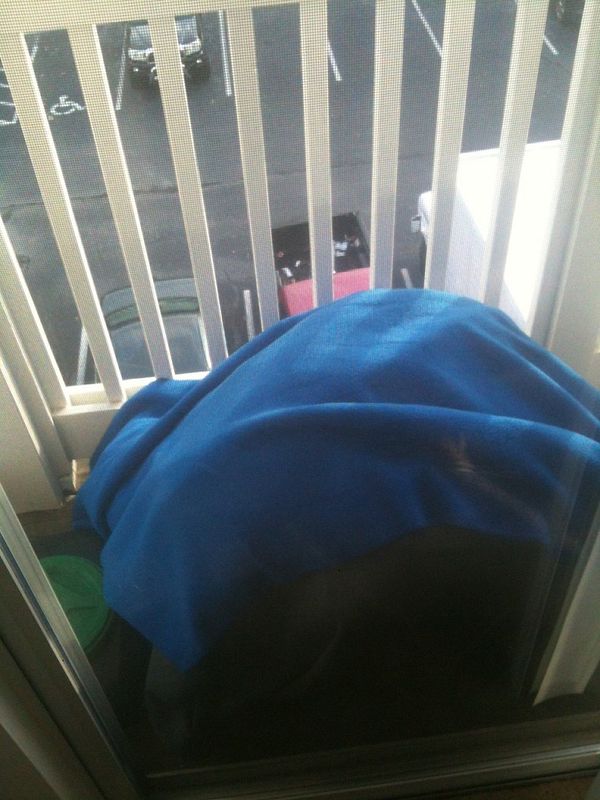So I wanted to cold crash my beer to help it clear... But I don't have fridge space and I don't wanna leave it outside in the sun.
Would It work if I just filled my bucket halfway with ice and left my carboy in it all day and then bottled after work would it be noticeably clearer?
Or should I just leave it outside and try to cover it with buckets and blankets
Would It work if I just filled my bucket halfway with ice and left my carboy in it all day and then bottled after work would it be noticeably clearer?
Or should I just leave it outside and try to cover it with buckets and blankets





















































![Craft A Brew - Safale S-04 Dry Yeast - Fermentis - English Ale Dry Yeast - For English and American Ales and Hard Apple Ciders - Ingredients for Home Brewing - Beer Making Supplies - [1 Pack]](https://m.media-amazon.com/images/I/41fVGNh6JfL._SL500_.jpg)


